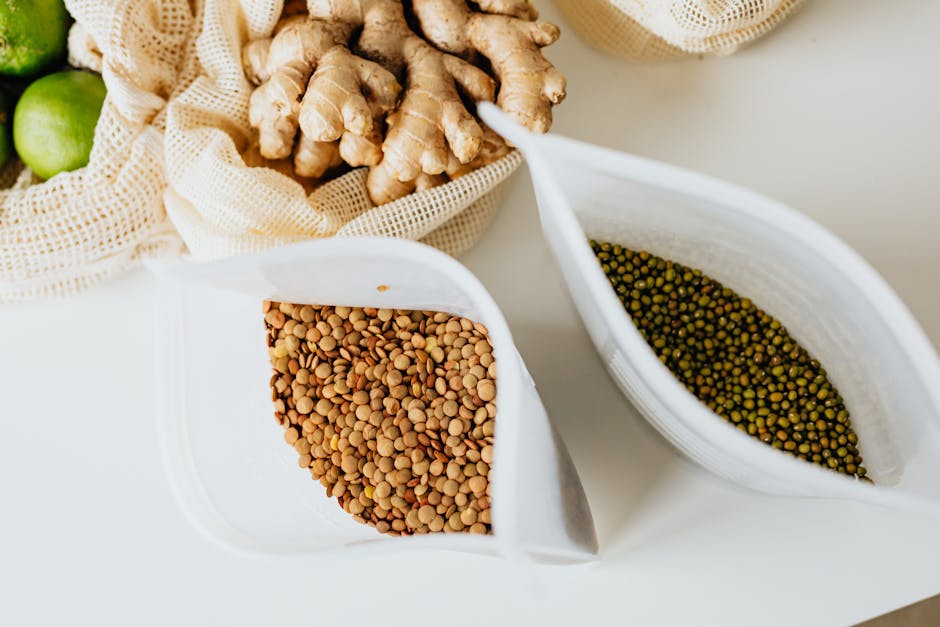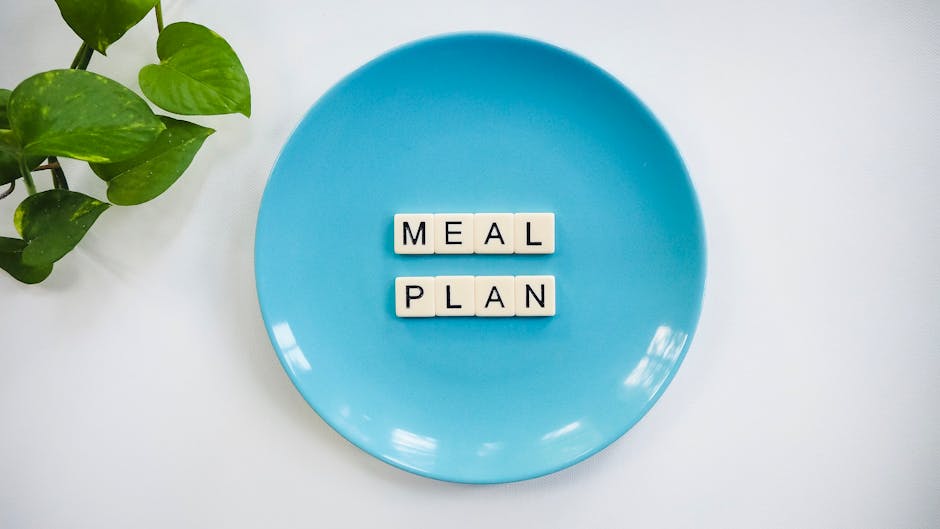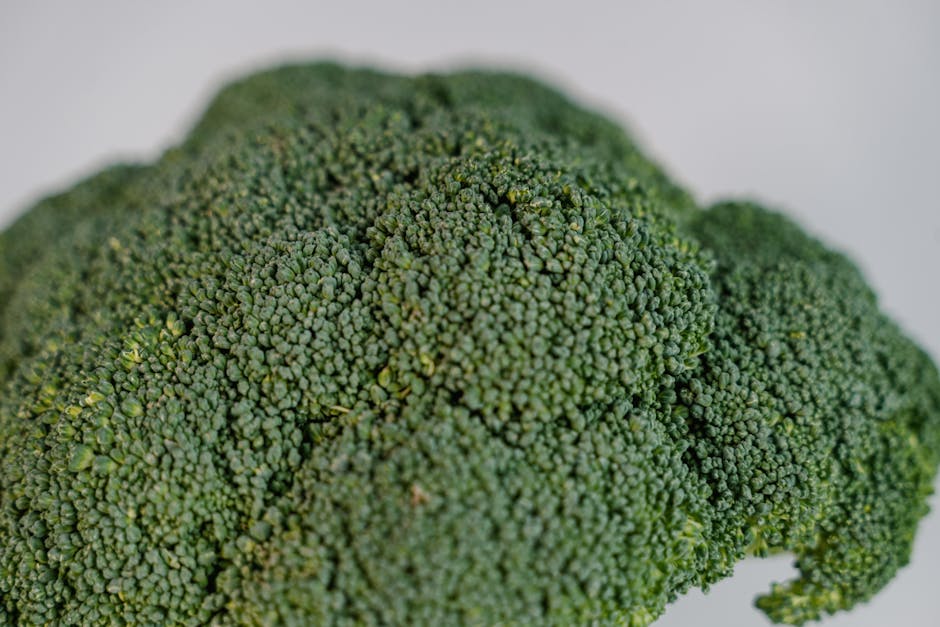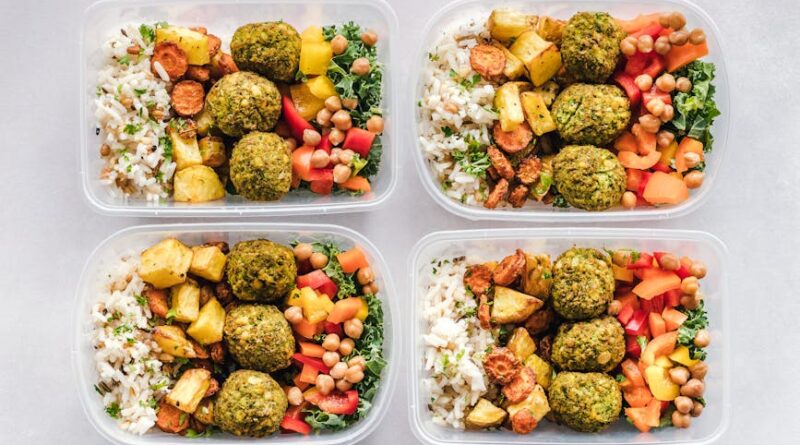How to Plan Anti-Inflammatory Meals: A Comprehensive Guide
Welcome to our in-depth exploration of how to plan anti-inflammatory meals. In a world where chronic inflammation is increasingly recognized as a key factor in various health conditions, including heart disease, diabetes, and arthritis, understanding how to combat inflammation through diet is essential. By making informed choices about the foods we eat, we can harness the power of nutrition to support our bodies in staying healthy and vibrant. In this article, we will delve into the science behind anti-inflammatory eating, explore practical tips for incorporating anti-inflammatory foods into your daily meals, and debunk common misconceptions about this approach. Get ready to embark on a journey towards better health and well-being!
The Science of Inflammation

Before we dive into the specifics of planning anti-inflammatory meals, let’s take a closer look at the concept of inflammation and why it matters for our health. Inflammation is a natural response that occurs in the body as a protective mechanism in response to injury or infection. However, when inflammation becomes chronic, it can contribute to a range of health problems, from autoimmune diseases to cancer.
Chronic inflammation is thought to be influenced by various factors, including diet, stress, lack of exercise, and environmental toxins. By focusing on anti-inflammatory foods, we can help reduce inflammation in the body and promote overall wellness. Studies have shown that certain nutrients and compounds found in foods have anti-inflammatory properties that can help combat chronic inflammation and its associated risks.
Key Components of an Anti-Inflammatory Diet

When planning anti-inflammatory meals, it’s important to focus on incorporating foods that are rich in nutrients and compounds that have been shown to have anti-inflammatory effects. Some key components of an anti-inflammatory diet include:
Fruits and Vegetables
Fruits and vegetables are rich in antioxidants, vitamins, and minerals that help reduce inflammation in the body. Berries, leafy greens, and cruciferous vegetables like broccoli and Brussels sprouts are particularly high in anti-inflammatory compounds. Aim to include a variety of colorful fruits and vegetables in your meals to maximize their anti-inflammatory benefits.
Healthy Fats
Healthy fats, such as those found in fatty fish, nuts, seeds, and olive oil, have been shown to have anti-inflammatory properties. Omega-3 fatty acids, in particular, are known for their ability to reduce inflammation in the body. Incorporating sources of healthy fats into your meals can help support a healthy inflammatory response.
Whole Grains
Whole grains like oats, quinoa, and brown rice are rich in fiber and antioxidants, which can help reduce inflammation and support gut health. Avoid refined grains and opt for whole grains whenever possible to maximize their anti-inflammatory benefits.
Herbs and Spices
Herbs and spices like turmeric, ginger, garlic, and cinnamon have long been used for their anti-inflammatory properties. These flavorful additions to your meals not only enhance the taste but also provide valuable compounds that help combat inflammation in the body.
Probiotic Foods
Probiotic foods like yogurt, kefir, and sauerkraut contain beneficial bacteria that support a healthy gut microbiome. A balanced gut microbiome is essential for reducing inflammation and promoting overall health. Including probiotic foods in your diet can help maintain a healthy inflammatory response.
Practical Tips for Planning Anti-Inflammatory Meals

Now that we’ve covered the key components of an anti-inflammatory diet, let’s explore some practical tips for planning and preparing anti-inflammatory meals:
Focus on Whole, Unprocessed Foods
When shopping for ingredients, prioritize whole, unprocessed foods like fresh fruits and vegetables, lean proteins, whole grains, and healthy fats. Avoid processed foods that are high in added sugars, unhealthy fats, and artificial ingredients, as these can contribute to inflammation in the body.
Meal Prep in Advance
Set aside time each week to plan and prepare your meals in advance. This can help you stay on track with your anti-inflammatory eating goals and avoid reaching for unhealthy convenience foods when you’re short on time. Consider batch cooking and portioning out meals to make healthy eating easier and more convenient.
Experiment with New Recipes
Don’t be afraid to try new recipes and experiment with different flavors and ingredients. There are countless delicious anti-inflammatory recipes available online and in cookbooks that can inspire you to get creative in the kitchen. By exploring new dishes, you can keep your meals interesting and enjoyable while supporting your health goals.
Stay Hydrated
Hydration is key for overall health and can help support a healthy inflammatory response in the body. Aim to drink plenty of water throughout the day and limit your intake of sugary beverages and alcohol, which can contribute to inflammation. Herbal teas and infused water can be refreshing alternatives that provide additional anti-inflammatory benefits.
Listen to Your Body
Pay attention to how different foods make you feel and adjust your diet accordingly. While certain foods may be considered anti-inflammatory, individual responses can vary. If you notice that certain foods trigger inflammation or digestive issues, consider eliminating or reducing them from your diet to support your overall health.
Common Misconceptions About Anti-Inflammatory Eating

As with any dietary approach, there are some common misconceptions about anti-inflammatory eating that can lead to confusion or misinformation. Let’s address a few of these myths and set the record straight:
Myth: All Inflammatory Foods Should Be Avoided
While it’s true that certain foods can contribute to inflammation in the body, not all inflammatory foods are inherently bad. Some foods contain compounds that promote inflammation but also provide valuable nutrients that support overall health. The key is to focus on balance and moderation, rather than strict avoidance of all “inflammatory” foods.
Myth: Anti-Inflammatory Eating Is Expensive
While some anti-inflammatory foods, such as fresh produce and wild-caught fish, can be more costly than processed foods, there are plenty of budget-friendly options available. Beans, lentils, whole grains, and frozen fruits and vegetables are affordable choices that can be incorporated into anti-inflammatory meals without breaking the bank. With a little planning and creativity, eating an anti-inflammatory diet can be accessible to everyone.
Conclusion
To wrap things up, planning anti-inflammatory meals is a powerful way to support your health and well-being. By incorporating nutrient-dense foods that have anti-inflammatory properties into your diet, you can help reduce chronic inflammation in the body and lower your risk of various health conditions. Remember to focus on whole, unprocessed foods, experiment with new recipes, and listen to your body to find what works best for you. With a balanced and varied diet, you can harness the healing power of food to nourish your body and thrive.
Whether you’re looking to manage a specific health condition or simply prioritize your overall wellness, anti-inflammatory eating can provide a solid foundation for a healthy lifestyle. Start small by making gradual changes to your diet and gradually build a repertoire of delicious and nutritious anti-inflammatory meals. Your body will thank you for it!




